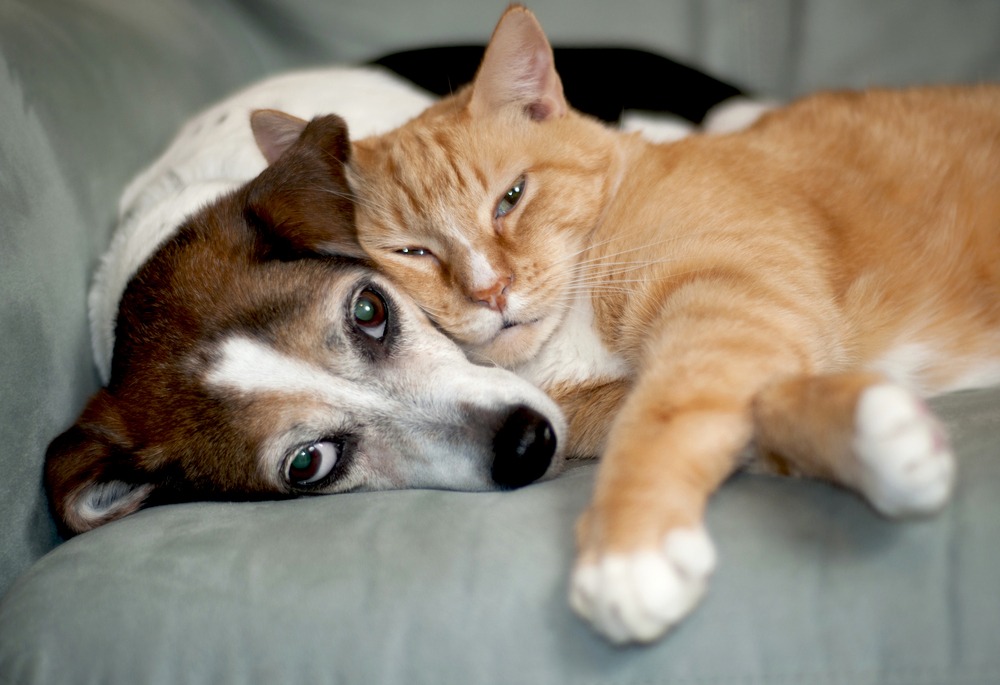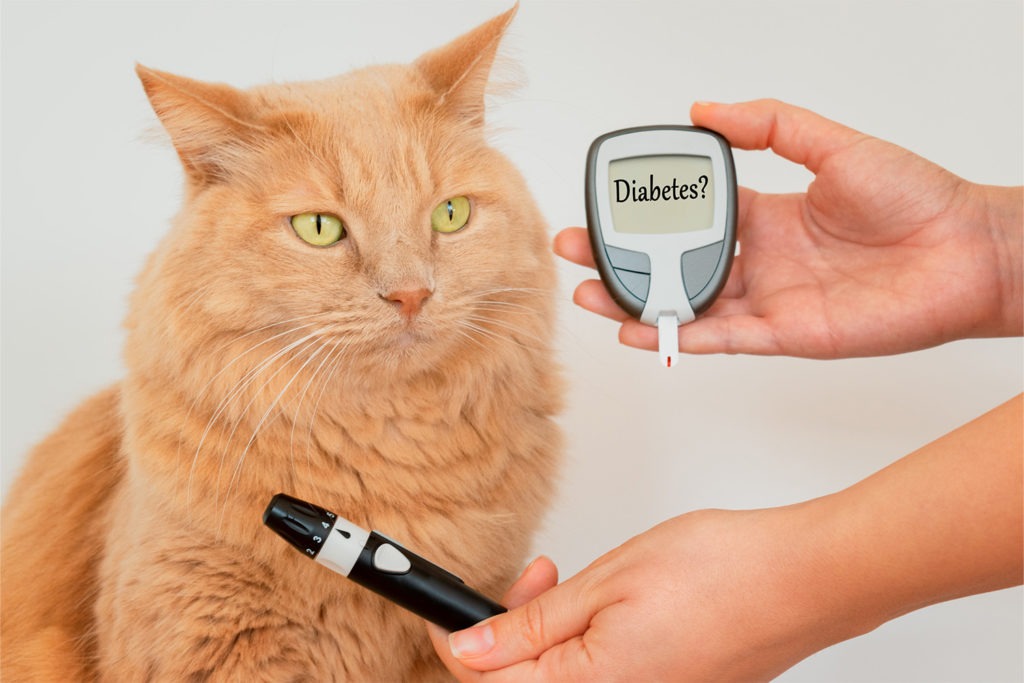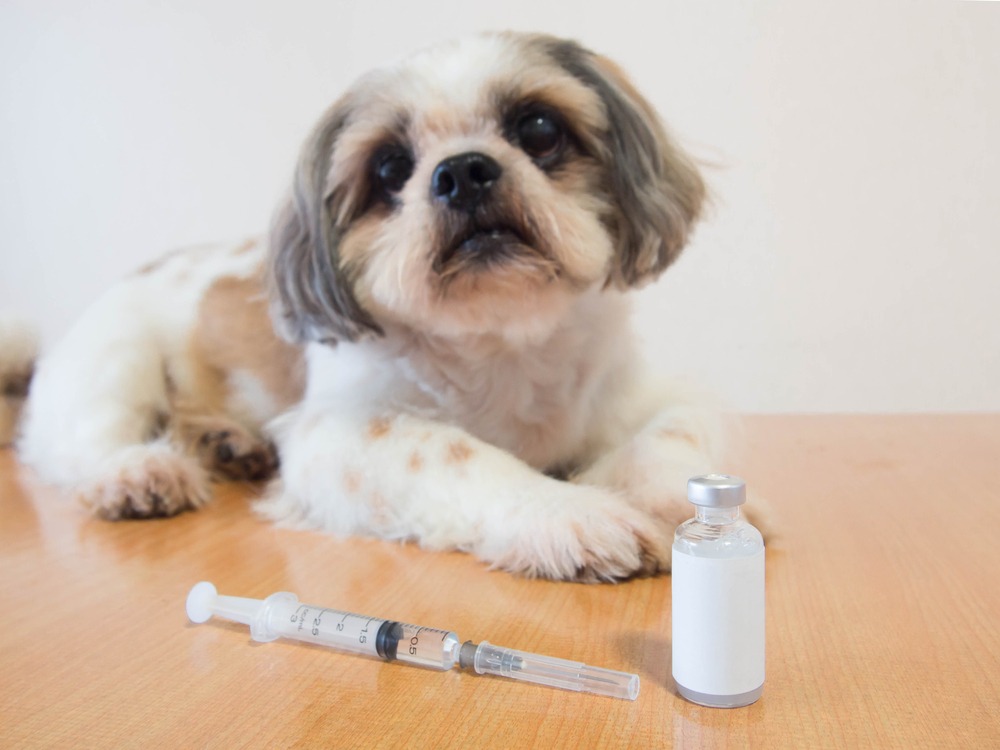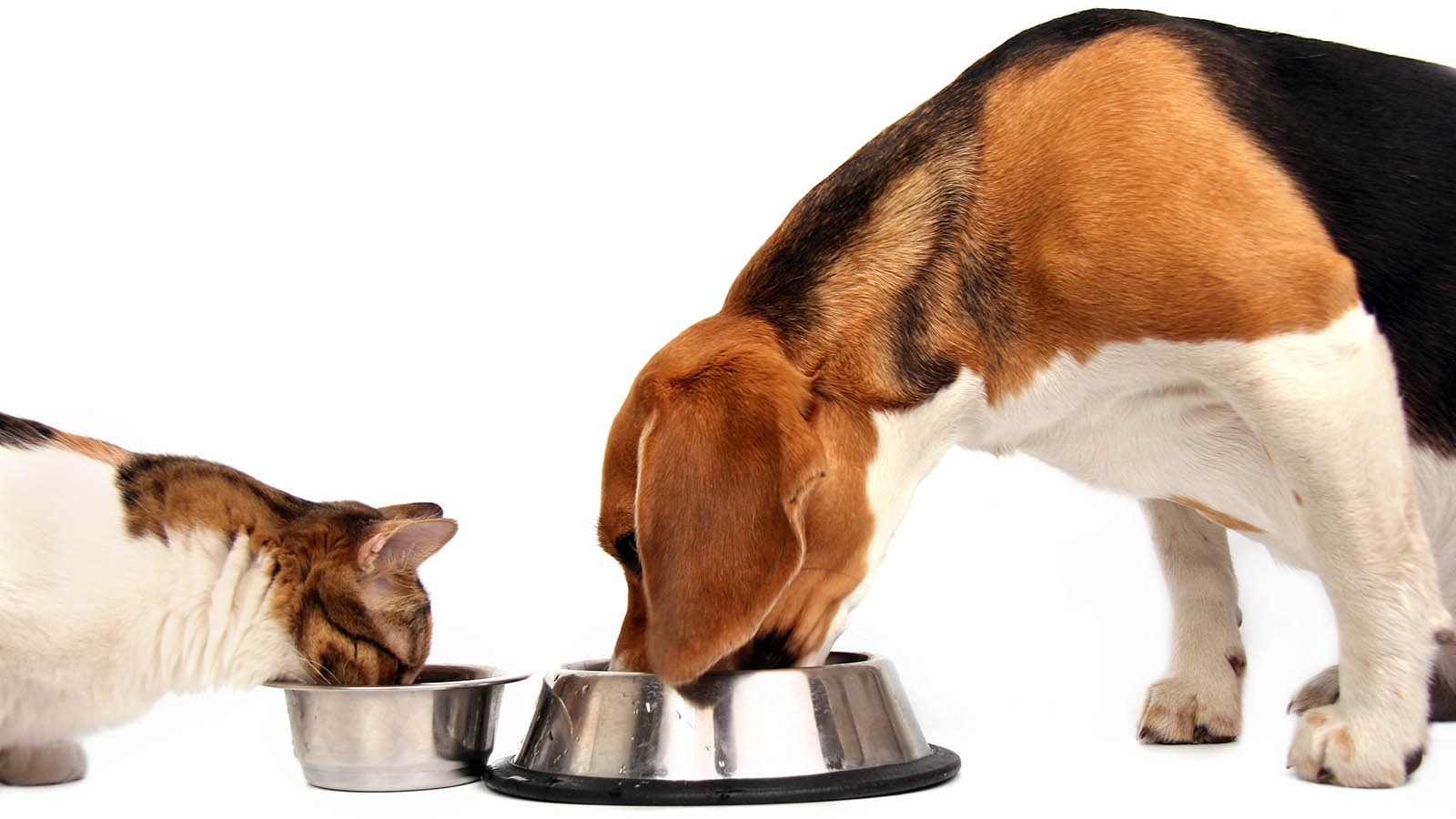-
Adopt
-
Veterinary Care
Services
Client Information
- What to Expect – Angell Boston
- Client Rights and Responsibilities
- Payments / Financial Assistance
- Pharmacy
- Client Policies
- Our Doctors
- Grief Support / Counseling
- Directions and Parking
- Helpful “How-to” Pet Care
Online Payments
Referrals
- Referral Forms/Contact
- Direct Connect
- Referring Veterinarian Portal
- Clinical Articles
- Partners in Care Newsletter
CE, Internships & Alumni Info
CE Seminar Schedule
Emergency: Boston
Emergency: Waltham
Poison Control Hotline
-
Programs & Resources
- Careers
-
Donate Now
 Your dog empties his water bowl several times a day and you catch him drinking from the toilet. You notice your cat is losing weight, and the litterbox is flooded with urine. Your family veterinarian performs a thorough physical exam and history, and the results are in.
Your dog empties his water bowl several times a day and you catch him drinking from the toilet. You notice your cat is losing weight, and the litterbox is flooded with urine. Your family veterinarian performs a thorough physical exam and history, and the results are in.
Your pet has diabetes, or more specifically, diabetes mellitus.
November is National Diabetes Month, which aims to raise awareness about diabetes in humans — and our pets. Although diabetes is somewhat preventable in our four-legged friends, statistics show that it affects one in every 200 cats and one in every 500 dogs during their lifetime.
Dr. Angela Mazza, a general medicine veterinarian at MSPCA-Angell, gives insight into diabetes, including how common it is, what makes your pet more susceptible, and treatments to help them live a long, happy life.
What is diabetes mellitus?
Diabetes mellitus (DM) results when there is not enough insulin or ineffective insulin, resulting in hyperglycemia or high blood sugar. “Without insulin, your body’s cells cannot utilize sugars or glucose for nutrition,” explained Dr. Mazza. “The body must break down fat, stored starches, and protein to supply calories for the hungry cells.” If left untreated, diabetes can cause serious complications that affect multiple organs and body systems.
What are some causes of diabetes in dogs?
Genetics – The disease is more prevalent in certain breeds of dogs because of genetic predisposition. Golden Retrievers, Cocker Spaniels, Labrador Retrievers, Terrier breeds, Toy Poodles, Pomeranians, Miniature Schnauzers, and Keeshonds are more prone to diabetes than other breeds.
Retrievers, Cocker Spaniels, Labrador Retrievers, Terrier breeds, Toy Poodles, Pomeranians, Miniature Schnauzers, and Keeshonds are more prone to diabetes than other breeds.
Obesity – Obesity is the most common cause of diabetes in dogs and cats (58% of cats are overweight or obese). Maintaining a healthy weight for your pet is important to preventing diabetes. “Chonky” pets on social media may be cute, but health risks are not.
Diet – In the same way as humans, pets shouldn’t eat only carbohydrates. In most store-bought dog and cat foods, there are a lot of grains, starches, and other carbohydrates. Carbs become sugar once they are ingested, and your pet is not designed to process sugar. It will help prevent insulin production problems  and obesity if you limit carbohydrates in your pet’s diet.
and obesity if you limit carbohydrates in your pet’s diet.
Owners should also pay attention to portion control in their pet’s diet. If we let them, our pets would keep eating. Be sure you follow the directions on the food your dog or cat is eating (or those given by their veterinarian). When you can’t resist puppy dog eyes or kitty cuddles, feed them healthy treats or provide less at mealtimes to compensate for the temptation.
Exercise – Just like humans, pets need exercise to stay healthy. Whether it’s long walks, ball games, or extra playtime with the feather wand or laser pointer, exercising your pet helps regulate hormones, increase muscle mass, and improve heart function. In addition, exercise promotes fat loss, which reduces insulin resistance.
Regular checkups – Many pets dislike going to the veterinarian, and it may be challenging for owners to get them there. These annual visits (or semiannual visits if your pet is a senior) could save their lives. Since you see your pets daily, you may not notice slight weight gain or other health concerns.
What are the signs of diabetes?
Symptoms of diabetes include increased thirst and urination, increased appetite, and weight loss. Cataracts are less commonly the first thing pet owners notice, but this typically only occurs in dogs. “Cats can present with a neuropathy associated with their hind legs called a plantigrade stance,” said Dr. Mazza. “In these cases, the cat’s hocks drop due to nerve damage, so it looks like they are walking on their hocks.”
Cataracts are less commonly the first thing pet owners notice, but this typically only occurs in dogs. “Cats can present with a neuropathy associated with their hind legs called a plantigrade stance,” said Dr. Mazza. “In these cases, the cat’s hocks drop due to nerve damage, so it looks like they are walking on their hocks.”
How do we diagnose diabetes?
 For dogs and cats, diabetes is often diagnosed with basic labwork, including a general profile, complete blood count, and urinalysis. Diabetes is characterized by increased fasting blood glucose and glucose in the urine. “Cats, in particular, can have a pronounced stress response that can cause transient high blood sugar, so we need to differentiate this from diabetes,” said Dr. Mazza.
For dogs and cats, diabetes is often diagnosed with basic labwork, including a general profile, complete blood count, and urinalysis. Diabetes is characterized by increased fasting blood glucose and glucose in the urine. “Cats, in particular, can have a pronounced stress response that can cause transient high blood sugar, so we need to differentiate this from diabetes,” said Dr. Mazza.
If your vet is concerned about diabetes in your pet, other tests are used to assess their health comprehensively. A urine culture can be used to look for a urinary tract infection (UTI), and a fructosamine level can give us an idea of your pet’s average blood sugar over several weeks.
How do we treat diabetes?
The goals of treatment are to reduce or eliminate the clinical signs of high blood sugar, to prevent or slow the development of cataracts and other diabetic complications, and to prevent low blood sugar caused by too much insulin. The mainstay of treating diabetic pets is the administration of insulin.
the development of cataracts and other diabetic complications, and to prevent low blood sugar caused by too much insulin. The mainstay of treating diabetic pets is the administration of insulin.
Nutritional alterations are also critical. “Your veterinarian will discuss with you the best insulin and diet option for your pet,” said Dr. Mazza. “Most often, insulin is administered twice daily with a small insulin syringe that cats and dogs very well tolerate.” Insulin dosing is started at a standard dose based on your pet’s weight. However, most cases require dosing adjustments depending on how your pet responds. The initial stabilization  period requires close monitoring of your pet, as well as frequent communication and regular recheck appointments with your veterinarian.
period requires close monitoring of your pet, as well as frequent communication and regular recheck appointments with your veterinarian.
What are some treatment complications?
“One of the more common complications of treatment is administering too much insulin to your pet, which can cause low blood sugar,” explained Dr. Mazza. “This can cause your pet to be weak and wobbly and, in severe cases, have seizures.”
Another complication is difficulty in regulating your pet’s sugar. This often is because there is another underlying disease process that is affecting insulin regulation. Some pets also become unregulated over time for no apparent reason. You should never adjust an insulin dose without consulting your veterinarian.
x
Diabetes can be overwhelming for owners and even for veterinarians! But with appropriate education, close communication with your veterinarian, patience, and perseverance, diabetes is a treatable disease — and you and your pet can maintain a healthy quality of life.
For more information or to book an appointment with the MSPCA-Angell’s General Medicine service, call 617-522-7282 or visit angell.org/generalmedicine.



